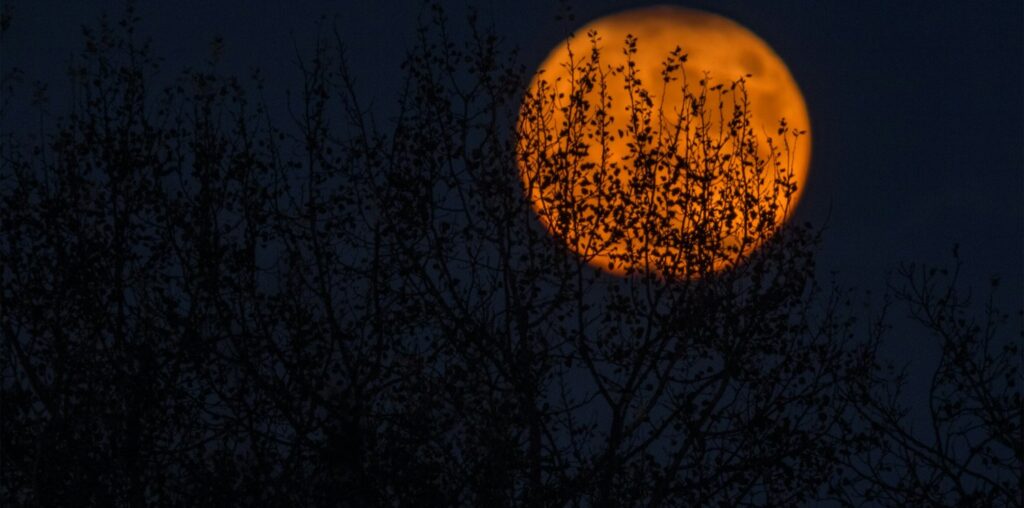
While many Jews don’t celebrate Halloween, that doesn’t mean we don’t have our own share of spooky, scary skeletons scattered throughout our day.
Most Jewish holidays can be sorted into two categories:
1. They tried to kill us. We won. Let’s eat.
2. They tried to kill us. They did. Let’s fast.
Thinking about ways to die
Unetaneh Tokef is a prayer/poem focused on death that is recited during the High Holidays.
On Rosh Hashanah it is written, and on Yom Kippur it is sealed — how many shall pass away and how many shall be born, who shall live and who shall die, who in good time, and who by an untimely death …
It then continues to list various awful ways in which one might die a horrible death.
Inviting otherworldly guests
Sukkot is a harvest celebration where we Jews eat and often even sleep in temporary outdoor structures. We invite living friends and family into our sukkah to eat. We also invite ushpizin. These are otherworldly guests.
It’s most common to invite our forefathers Abraham, Isaac, Jacob, Moses, Aaron, Joseph and David as ushpizin. Some have the tradition of inviting other biblical figures as mystical guests, including the matriarchs.
A famous supernatural guest is also specifically invited to every Pesach seder. One portion of the seder includes a pause to open the door for Elijah the prophet and invite him in. In Jewish tradition, Elijah has his own glass of wine at every seder table (which Jewish children have been known to scrutinize in an attempt to catch him in action).
One rabbi’s spooky tale
Rabbi Yochanan is a famous Jewish figure with a tale many would consider spooky. He’s a rabbi of the Talmud who was surrounded by death. His father died before he was born. His mother died in childbirth. He had 10 sons who all died during his lifetime.
There is a famous story about how, after the tragic death of his last son, Rabbi Yochanan carried a piece of the boy’s finger bone around with him.
The Talmud tells about how Rabbi Yochanan would comfort the mourners and show them that bone — thereby letting them know they were not alone in their grief.
The tale seems creepy, but it was meant to show how some deal with death.
Miriam Anzovin has a wonderful brief video (at the top) about mourning in the current day and lessons we can learn from Rabbi Yochanan.
This piece is republished from FaVS News.

